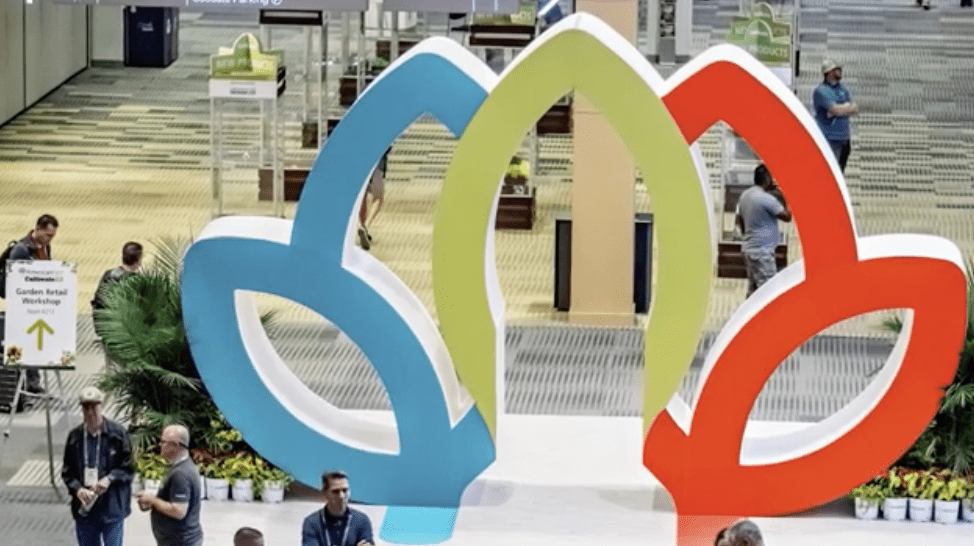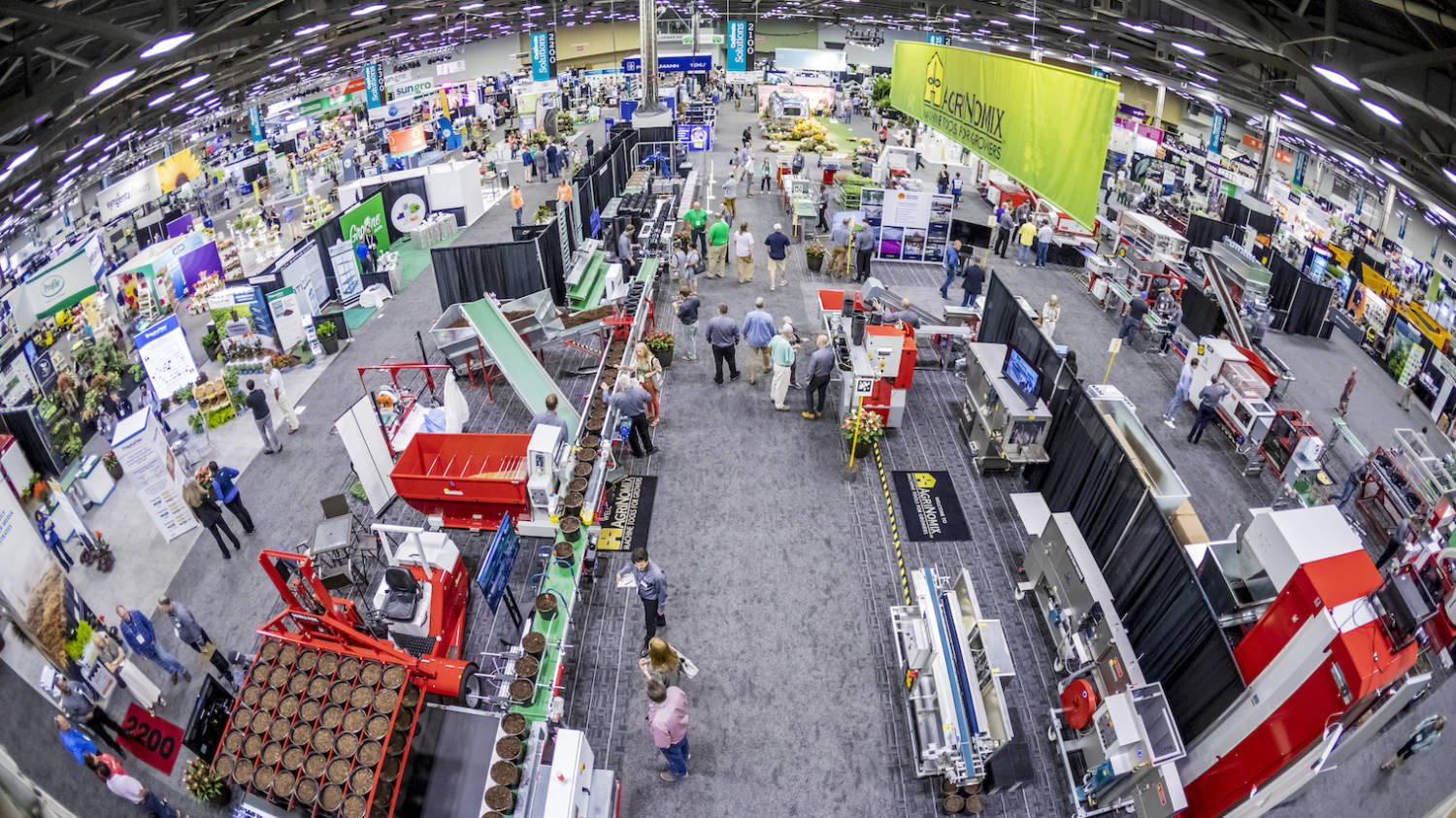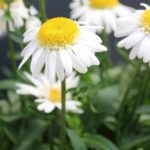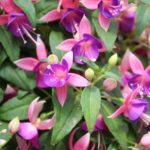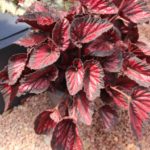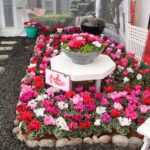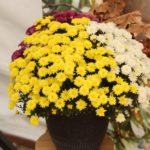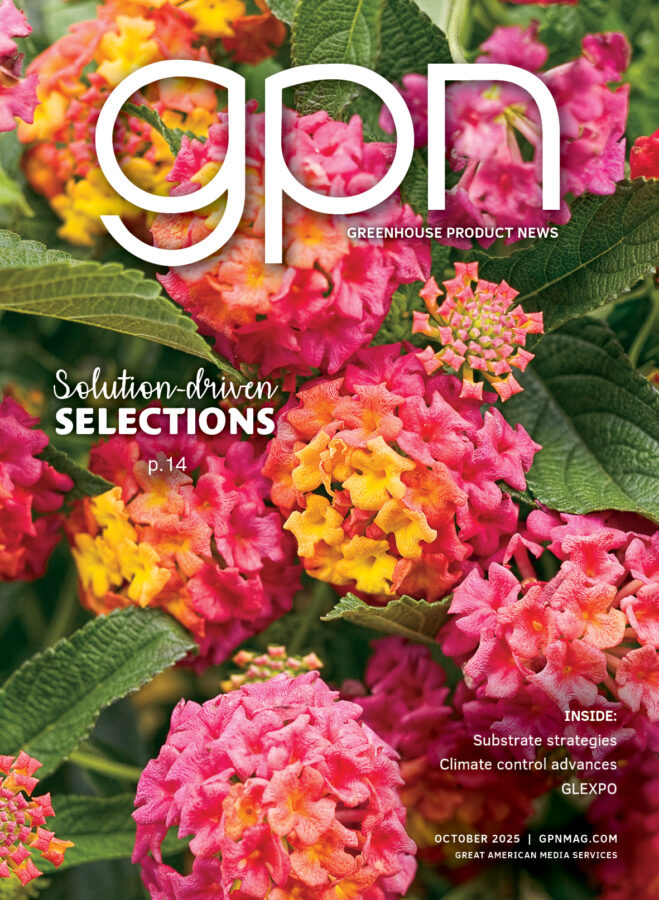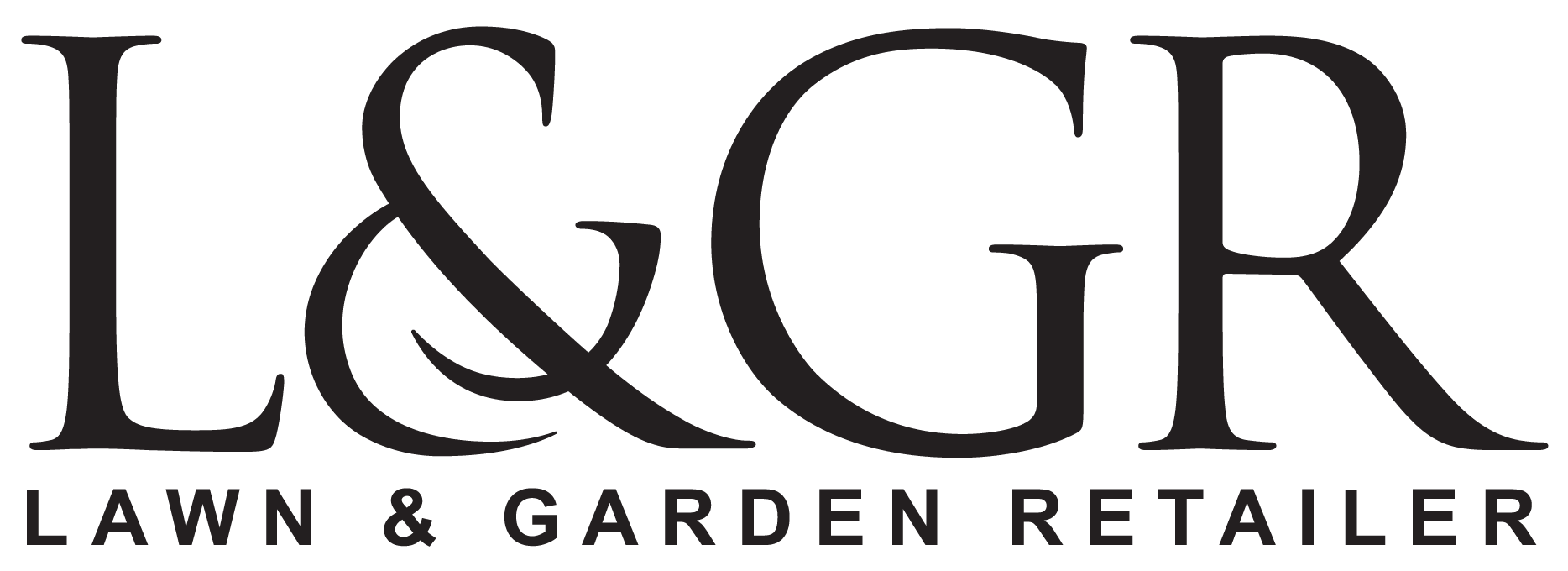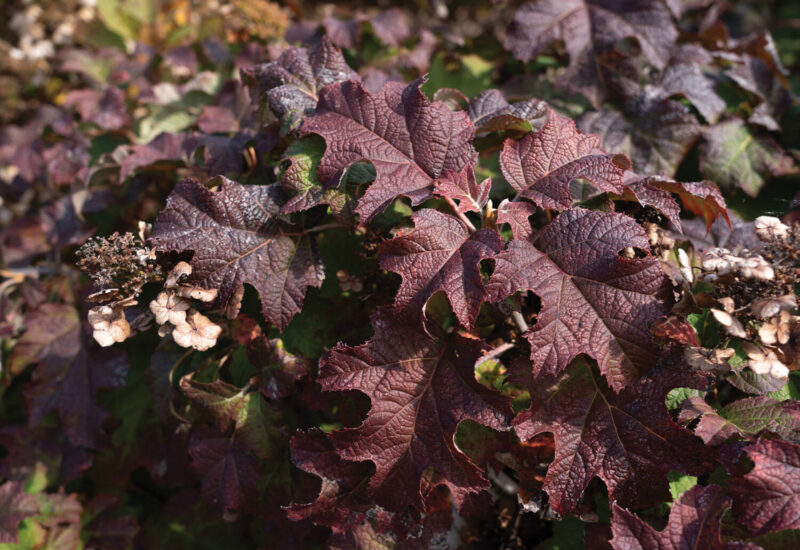
Culture Report: Oak leaf hydrangea gets optimized
Oakleaf hydrangea are beloved for their numerous ornamental features. The attractive foliage resembles oak tree leaves that age to burgundy in the fall. The long, summer to fall bloom window provides flowers that age from white to pink to red. Even in the dormant winter garden, exfoliating bark offers visual interest. To top it off, oakleaf hydrangea are native to North America and serve as hosts for pollinators.
PRODUCTION CHALLENGES

There is one problem with oakleaf hydrangea: producing them.
While the demand is consistent, the supply chain is not. The conditions in nursery production of high humidity and overhead watering make a prime breeding ground for bacterial leaf spot, and existing oakleaf hydrangea varieties are particularly susceptible to this type of pathogen.
Another reason for the unreliable supply chain is the challenge of achieving uniformity in finished containers. Branching and flowering have shown to be highly variable, especially in the more desirable compact varieties, leading to growers spending more time picking through a crop for salable pots.
All this unpredictability has led to less units for landscapers and consumers.
BREEDER SOLUTIONS
As a solution to these challenges, Star Roses and Plants introduced two new oakleaf hydrangea: ‘Autumn Reprise’ and ‘Li’l Annie Oakleaf.’ Both varieties display increased disease resistance in container production and garden performance compared to other market varieties. They also demonstrate exceptional uniformity, branching readily and blooming quickly for a crop that’s easy to pick and ship.
‘Autumn Reprise’
A larger selection that reaches 5 to 6 feet tall and wide, it’s been shown to produce a second flush of flowers in late summer from dormant buds in the old wood. While not truly reblooming on new wood, it’s a promising trait in our breeding programs for future developments.
‘Li’l Annie Oakleaf’
This is a compact variety for small spaces that matures at 3 to 4 feet high and 4 to 5 feet wide. Compared to older industry standards like ‘Munchkin’ and ‘Ruby Slippers,’ it produces more blooms and shows great improvement in crop uniformity.
Blooms of Lil' Annie Oakleaf.
Fall foliage of Lil' Annie.
With a hardiness range of USDA Zones 5 to 9 and full-sun to partial-shade tolerance, these oakleaf hydrangea fit in a variety of programs. Landscapers and homeowners will appreciate the reliable blooming and tolerance of heavy clay soil that plagues many ornamental plantings. Both varieties have also thrived in the hot, humid summers of the Southeast without melting out — a benefit to growers and gardeners alike.
SELECTING STARTER MATERIAL
Oakleaf hydrangea are typically available in two young plant forms: liners and bare root. It’s
recommended to finish in 2-gallon containers or larger. For bare root, plant in February or March for salable containers in June and July. For liners, plant in June through September and overwinter the containers at 35° F to 50° F for a salable crop the following spring and summer.
Media
Oakleaf hydrangea do best with even moisture. Use a coarse, welldrained media that can maintain a pH of 5.5 to 6.5 and avoid media that has prolonged saturation after irrigation events.
Transplanting
Containers should be selected based on input size. Liners work well in 2- or 3-gallon containers. Bare root performs best in 3- or 5-gallon containers. Root pruning at the time of planting is not recommended.
Breaking dormancy on bare root
Bare root plants can be grown successfully in a covered hut or an open bed. Use 30% or clear poly for covered grow outs. Maintain high humidity until plants break dormancy, vent huts over 80° F and provide extra protection when actively growing plants are exposed to temperatures below 30° F.
Remove poly covering after frost-free date, ensuring plants are hardened off before doing so. For open bed grow outs, block containers until bud break and space to allow for even foliage flush. Provide protection for actively growing plants when temperatures are below 30° F. For both grow out scenarios, maintain even media moisture and avoid prolonged periods of media saturation.
Growing environment for liners
Grow out liners in a covered hut or open bed, providing protection for temperatures below 30° F. For spring, grow out in a covered hut, use 30% or clear poly and vent over 80° F. When overwintering liners, use 70% poly to avoid excess warming during dormancy and vent at 50° F, if possible. Maintain even media moisture and avoid prolonged periods of media saturation.
Trimming
Oakleaf hydrangea bloom on old wood, so it’s important to trim when it will not impact flowering for sales. Bare root should only be trimmed lightly for shaping, if at all, at the time of potting. Liners should be trimmed shortly after potting at the first set of leaves closest to the soil to encourage the most branching. Trim directly after flowering to ensure blooming the following season.
Fertilizing
Using the pour-through method, maintain a media EC of 1.0 to 1.5 for liners and 1.5 to 2.0 for bare root. If canning during summer or fall for spring availability, ensure EC remains below 1.0 during dormancy. When using liquid feed, stop applications in early October and resume in late February/early March.
Overwintering
Overwinter in a covered hut using 70% poly. Keep temperatures between 35° F to 50° F and maintain even, light moisture in containers during dormancy. Avoid prolonged media saturation and maintain EC below 1.0 during dormancy. If using liquid feed, stop applications in early October and resume in late February/early March.


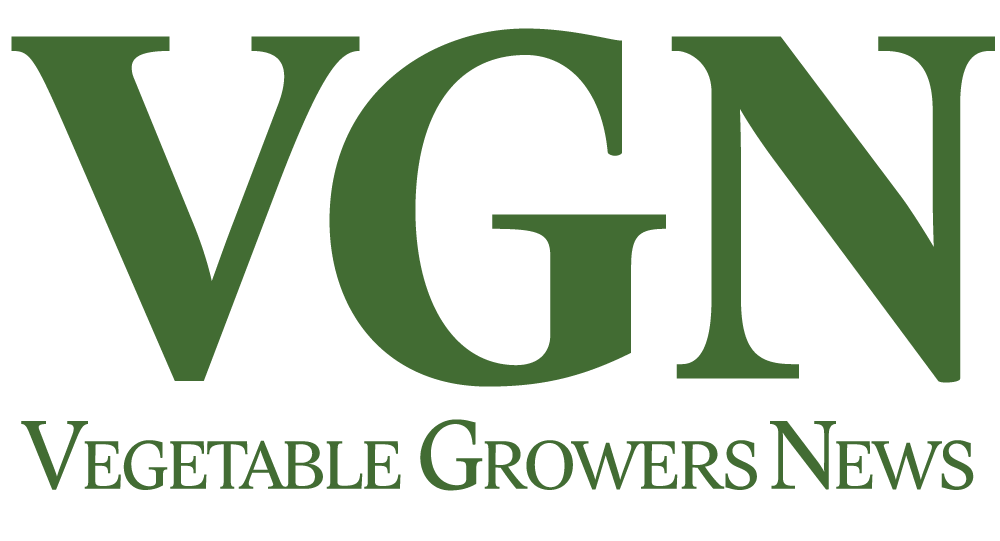
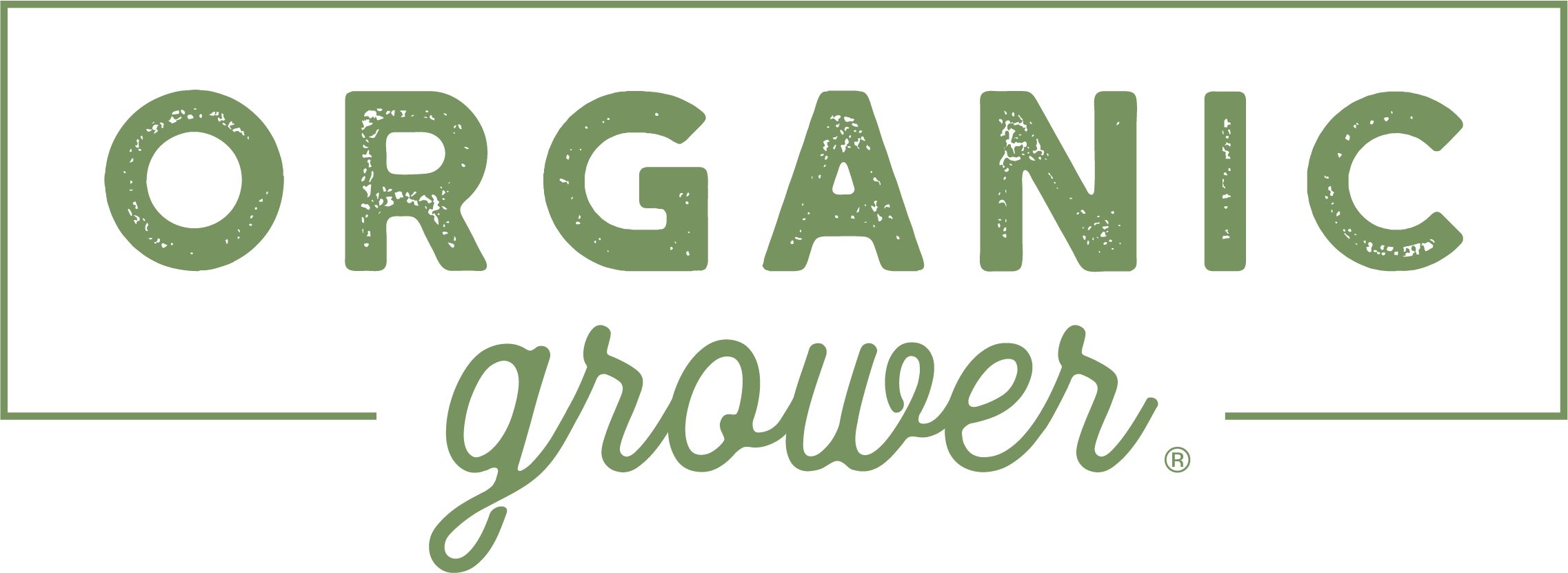




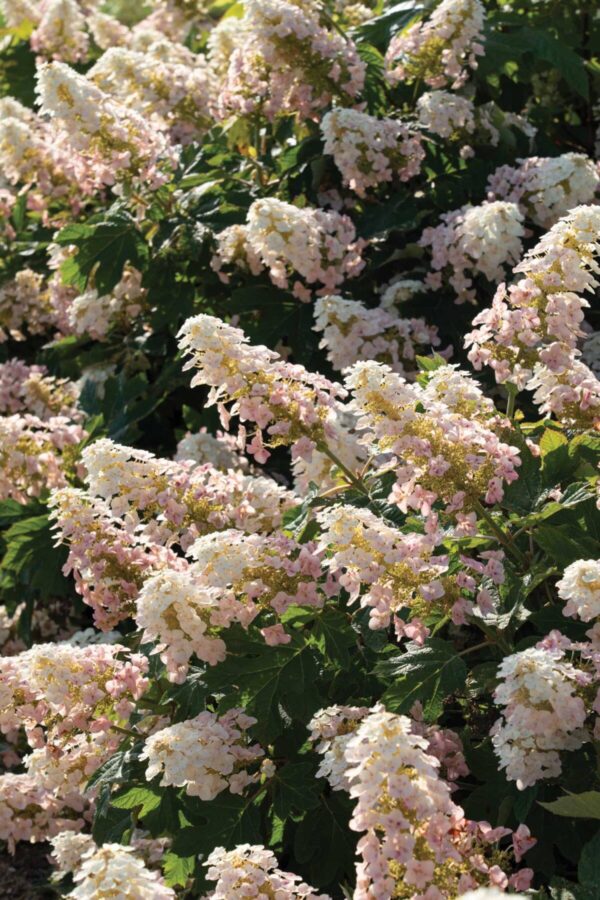
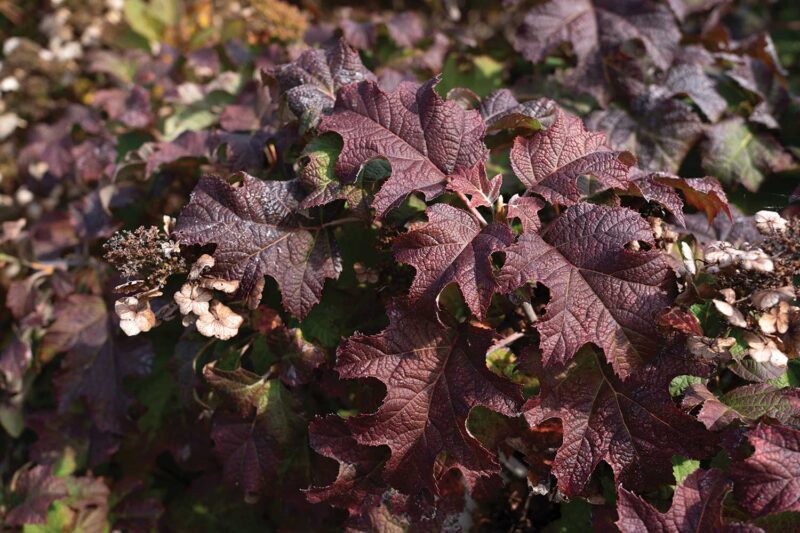
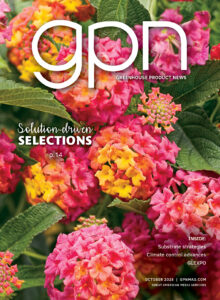
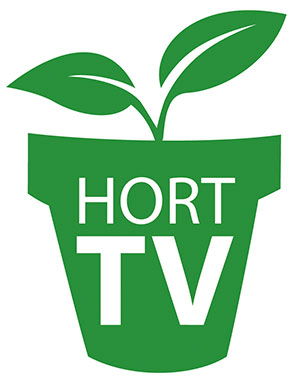 Video Library
Video Library 